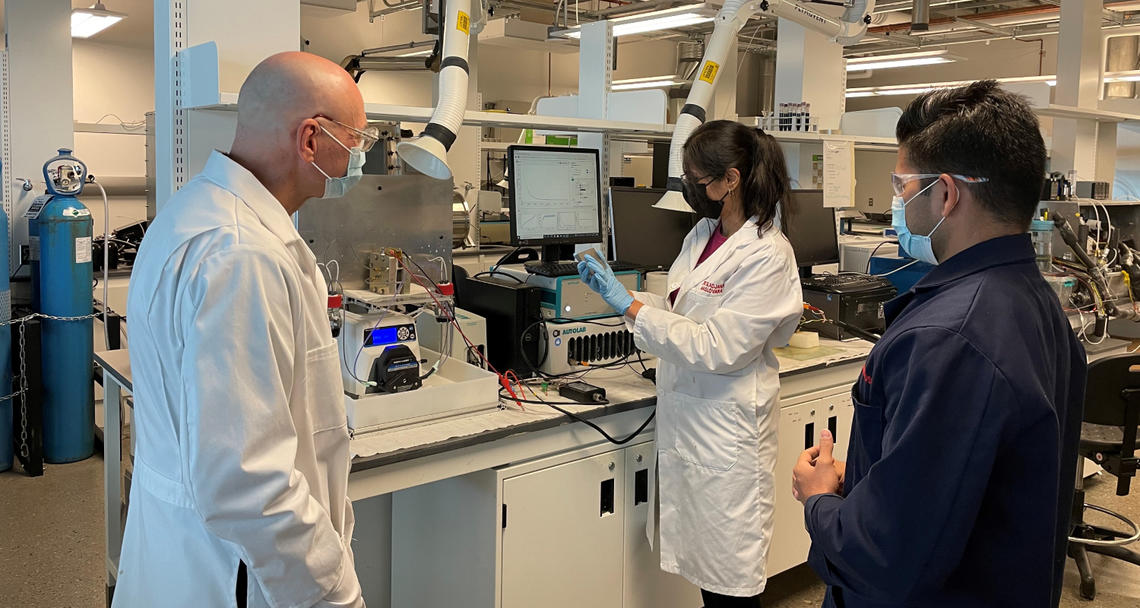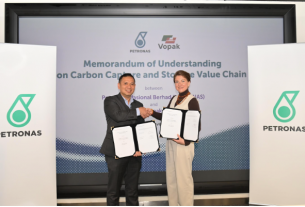United States – Researchers at the University of Calgary discovered that a small change can make a big difference, particularly when it comes to electricity grid storage capacity.
Dr. Edward (Ted) Roberts, PhD, was researching battery storage options and wanted to extend the life of a specific type of battery: a redox flow battery. The professor and associate head of the Department of Chemical and Petroleum Engineering at the Schulich School of Engineering hoped to modify the battery membrane with graphene, a one-atom-thick carbon material.
Redox flow batteries (RFBs) use liquids to store electrical energy. According to Roberts, they are being developed for energy storage on power grids for purposes such as managing intermittent renewable energy generation.
Batteries are flexible and can be installed anywhere for electricity grid storage, but they are expensive. Round-trip efficiency, power density, energy density, and lifetime are all important metrics for batteries.
He does, however, point out that the capital cost is relatively high, which has previously limited RFB implementation.
Performance-driven
Dr. Ashutosh Singh, PhD’21, has been working with Roberts on the graphene production process and believes it has a lot of potential. Singh believes that graphene could be used in a variety of applications, including solar cells, gas separations, filtrations, and other critical industrial processes.
Not only are the researchers ecstatic about the possibilities, but partners have also expressed interest. The University of Waterloo and Kitchener-based Evercloak are developing the technology for coating the memory with graphene, while Roberts says his team will test the technology in a research microgrid being built on campus using a small five-kilowatt commercial redox flow battery. StorEn Technologies, a company based in the United States, is supplying the battery.
Alberta Innovates recently awarded the project $307,000 in funding to help cover its $477,000 budget. The remaining funds come from a previously approved $125,000 NSERC Idea to Innovation (I2I) grant and $45,000 from the Canada Foundation for Innovation.
He also hopes to raise capital for commercialization through the team’s startup, Bee Energy. The project will be completed in January 2023.




